Having healthy and luscious hair is a goal for many people. However, issues like dryness and damage can affect the overall look and feel of our hair. In this article, we will explore the difference between dry hair and damaged hair, the causes of each condition, and effective solutions to address these concerns.
Table of Contents
What Causes Dry Hair?
Dry hair can be caused by various factors, including:
- Lack of Moisture: Insufficient hydration can lead to dryness and brittleness in the hair.
- Environmental Factors: Exposure to sun, wind, and extreme weather conditions can strip the hair of its natural moisture.
- Excessive Heat Styling: Frequent use of hot styling tools, such as hairdryers and straighteners, can deplete the hair’s moisture content.
- Chemical Treatments: Overuse of harsh chemical treatments, like coloring, perming, or relaxing, can contribute to dryness.
- Improper Hair Care Products: Using hair care products that contain harsh chemicals or sulfates can dry out the hair.
Symptoms of Dry Hair
Dry hair exhibits various symptoms, including:
- Rough Texture: The hair feels coarse, rough, and lacks smoothness.
- Frizz and Flyaways: Dry hair is prone to frizz and flyaways, making it difficult to manage.
- Lack of Shine: Dry hair appears dull and lacks the natural shine and luster.
- Tangled and Unmanageable: Dry hair is more prone to tangles and can be challenging to comb or brush.
The Difference Between Dry Hair and Damaged Hair
While dry hair and damaged hair may share some similarities, they are distinct conditions:
- Dry Hair: Dry hair refers to a lack of moisture in the hair shaft. It can be caused by external factors or genetic predisposition. Dry hair lacks hydration but may not have significant structural damage.
- Damaged Hair: Damaged hair refers to structural damage to the hair shaft, which can occur due to chemical treatments, excessive heat styling, or environmental factors. Damaged hair can exhibit dryness, but it may also have other issues like breakage, split ends, or thinning.
Causes of Damaged Hair
Common causes of damaged hair include:
- Chemical Processing: Excessive use of chemical treatments, such as bleaching, perming, or relaxing, can weaken the hair structure.
- Heat Styling Abuse: Frequent and high-temperature use of heat styling tools can cause damage, including weakening the hair proteins.
- Environmental Factors: Exposure to pollutants, UV radiation, and harsh weather conditions can lead to hair damage.
- Poor Hair Care Practices: Rough handling, aggressive brushing, or using improper hair care products can contribute to hair damage.
Signs of Damaged Hair
Signs that indicate hair damage include:
- Split Ends: Damaged hair often develops split ends, where the hair shaft splits into two or more fragments.
- Breakage: Weak and damaged hair is more prone to breakage, resulting in shorter strands or noticeable hair loss.
- Brittleness: Damaged hair becomes fragile and easily breaks, even with minimal force.
- Lack of Elasticity: Healthy hair stretches and returns to its original state, while damaged hair lacks elasticity and snaps instead.
How to Treat Dry Hair
To address dry hair, consider the following tips:
- Hydrating Shampoos and Conditioners: Opt for hair care products specifically formulated to hydrate and moisturize the hair.
- Deep Conditioning Treatments: Regularly use deep conditioning masks or treatments to nourish and restore moisture to the hair.
- Avoid Heat Styling: Minimize the use of heat styling tools and always apply a heat protectant spray when styling with heat.
- Protective Styling: Opt for hairstyles that protect the hair from environmental damage and reduce manipulation.
- Limit Chemical Treatments: Avoid excessive use of chemical treatments and opt for more natural alternatives.
Preventing Damage to Your Hair
To prevent hair damage, follow these guidelines:
- Limit Heat Styling: Use heat styling tools sparingly and always use a heat protectant product before styling.
- Protect from Environmental Factors: Wear hats or use protective sprays to shield your hair from the sun, wind, and pollution.
- Avoid Overprocessing: Minimize the use of chemical treatments and allow your hair to recover between treatments.
- Trim Regularly: Get regular hair trims to remove split ends and prevent further damage.
- Choose Gentle Hair Care Products: Use mild and sulfate-free shampoos and conditioners that are gentle on the hair.
Restoring Damaged Hair
For restoring damaged hair, try the following:
- Trimming: Start by trimming the damaged ends to prevent further splitting and breakage.
- Protein Treatments: Use protein-based hair treatments to strengthen the hair structure and repair damage.
- Moisturizing Products: Incorporate moisturizing shampoos, conditioners, and leave-in treatments to replenish moisture.
- Avoid Heat and Chemicals: Minimize heat styling and chemical treatments while focusing on nourishing the hair.
- Patience and Care: Restoring damaged hair takes time, so be patient and consistent with your hair care routine.
The Importance of a Healthy Hair Care Routine
Maintaining a healthy hair care routine is crucial for overall hair health. Consider the following steps:
- Regular Washing: Cleanse your hair regularly with a gentle shampoo suitable for your hair type.
- Conditioning: Use a conditioner to restore moisture and improve the manageability of your hair.
- Scalp Care: Pay attention to your scalp’s health by keeping it clean and massaging it to promote blood circulation.
- Protective Styling: Opt for protective hairstyles that minimize damage and reduce stress on the hair.
- Diet and Hydration: Maintain a balanced diet and drink plenty of water to nourish your hair from within.
Common Mistakes to Avoid
Avoid these common mistakes that can harm your hair:
- Overwashing: Excessive washing can strip the hair of its natural oils, leading to dryness and damage.
- Towel Drying Roughly: Vigorous rubbing with a towel can cause friction and lead to hair breakage.
- Brushing Wet Hair: Wet hair is more prone to damage, so avoid brushing it immediately after washing.
- Using Heat on Wet Hair: Applying heat styling tools to wet hair can cause severe damage, including breakage and burning.
- Ignoring Trims: Regular trims help maintain the health of your hair by preventing split ends from traveling up the hair shaft.
Natural Remedies for Dry and Damaged Hair
Consider these natural remedies to nourish and repair your hair:
- Coconut Oil: Apply warm coconut oil to your hair as a deep conditioning treatment.
- Aloe Vera Gel: Use aloe vera gel to soothe and hydrate the hair and scalp.
- Avocado Mask: Mash a ripe avocado and apply it as a hair mask for deep moisturization.
- Egg Mask: Beat an egg and apply it to your hair for protein and moisture.
- Apple Cider Vinegar Rinse: Dilute apple cider vinegar with water and use it as a final rinse to restore pH balance.
Understanding the Role of Diet and Nutrition
A healthy diet can positively impact the health of your hair. Consider these nutrient-rich foods:
- Protein: Consume lean meats, fish, eggs, and legumes for essential amino acids that support hair growth.
- Omega-3 Fatty Acids: Incorporate foods like fatty fish, walnuts, chia seeds, and flaxseeds for scalp health and hydration.
- Vitamins and Minerals: Ensure an adequate intake of vitamins A, C, D, E, and minerals like iron and zinc through a balanced diet.
- Hydration: Drink sufficient water to keep your body and hair hydrated from within.
Seeking Professional Help
If you’re experiencing persistent hair issues, it’s advisable to seek professional help. A licensed hairstylist or trichologist can assess your hair’s condition and provide personalized advice and treatment options tailored to your needs.
Conclusion
Understanding the difference between dry hair and damaged hair is crucial for effectively addressing and resolving hair-related concerns. By following proper hair care practices, incorporating nourishing treatments, and maintaining a healthy lifestyle, you can achieve healthier, more vibrant hair.
FAQs
-
Can dry hair turn into damaged hair?
Dry hair, if left untreated and exposed to further damage, can lead to increased brittleness and breakage, eventually resulting in damaged hair.
-
Can damaged hair be repaired?
While damaged hair cannot be completely restored to its original state, it can be significantly improved and repaired through appropriate hair care practices and treatments.
-
How often should I trim my hair to prevent damage?
Regular trims every 8-12 weeks help remove split ends and prevent them from traveling up the hair shaft, reducing further damage.
-
Can I use heat styling tools on my hair if it’s damaged?
It’s best to avoid or minimize the use of heat styling tools on damaged hair to prevent further weakening and breakage. If necessary, use a heat protectant product before styling.
-
What should I do if my hair doesn’t improve despite following a proper hair care routine?
If your hair doesn’t show improvement or if you’re concerned about its condition, it’s advisable to consult a professional hairstylist or a trichologist for a thorough assessment and personalized guidance.
Take charge of your hair’s destiny and unleash its true potential. With the right knowledge and care, you can transform your dry or damaged hair into locks that are vibrant, healthy, and full of life.
To read more such articles, click here.
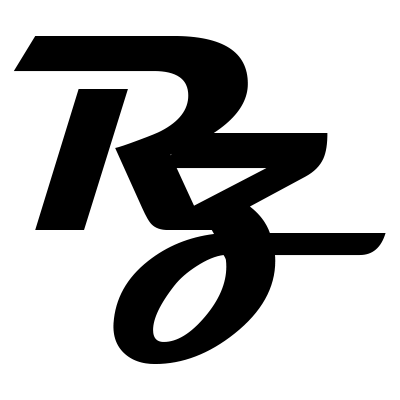
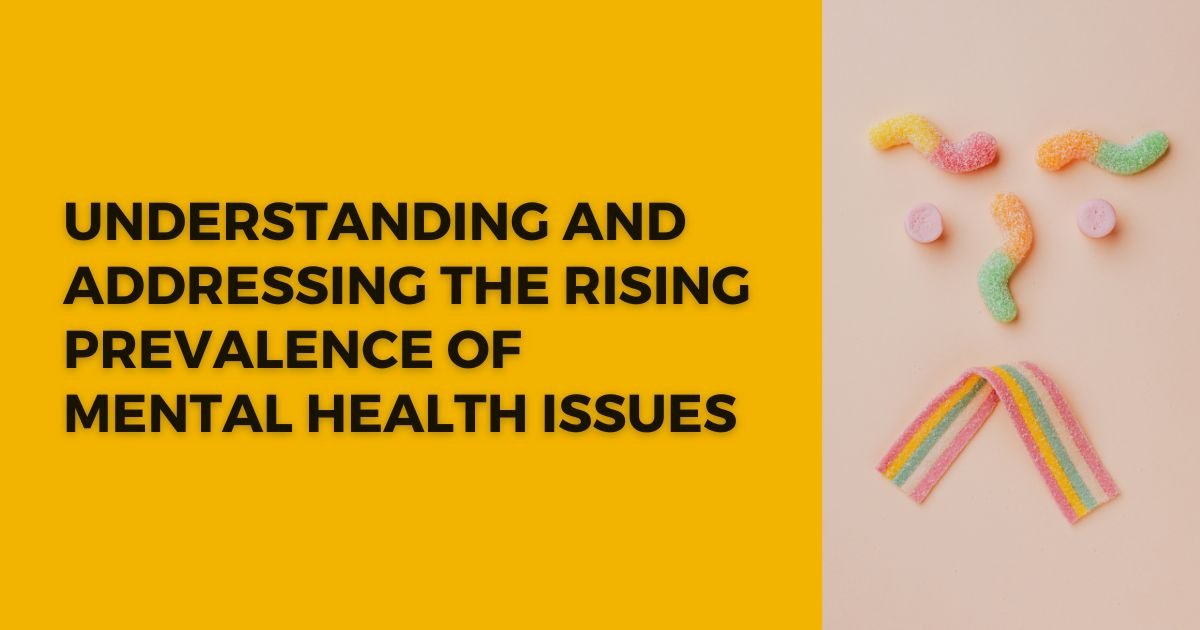

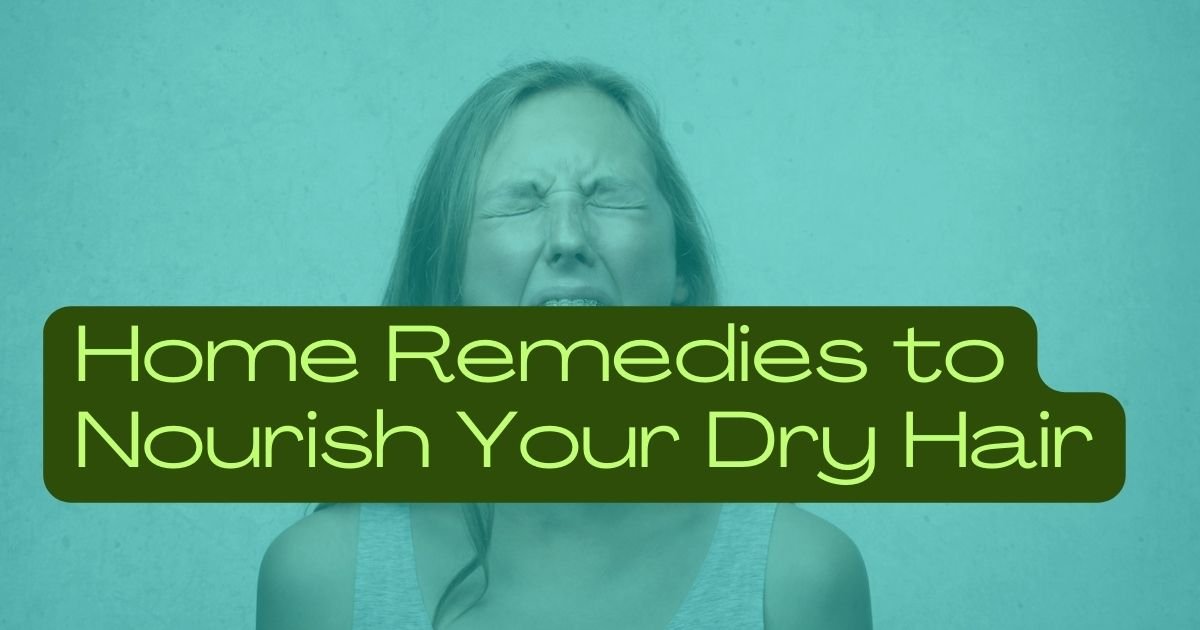
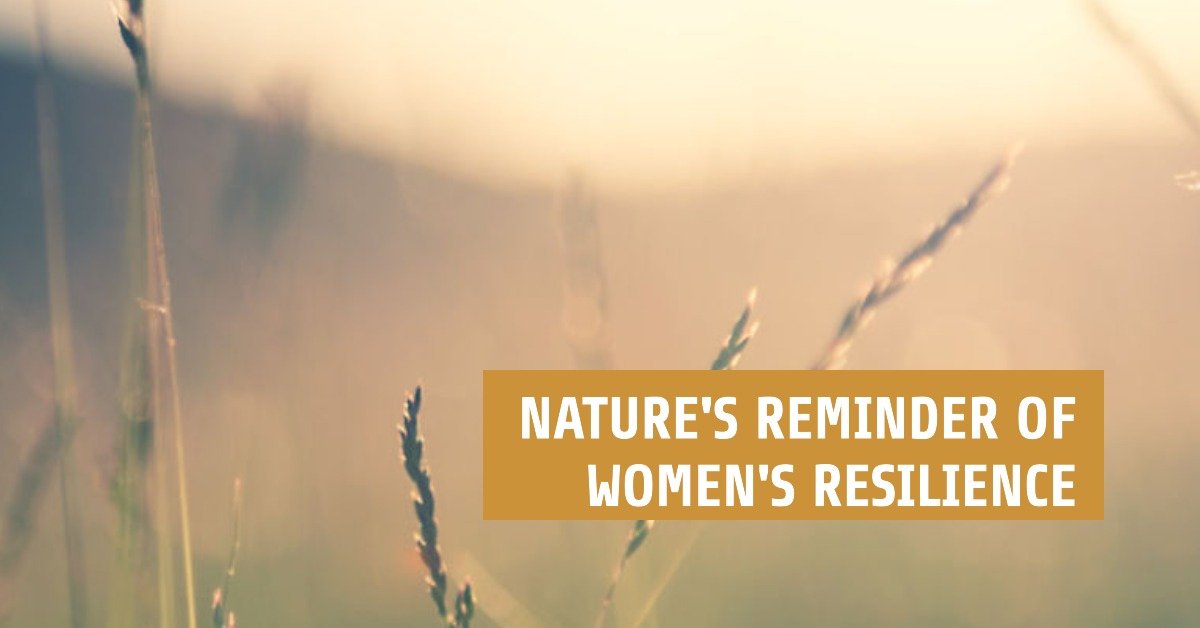

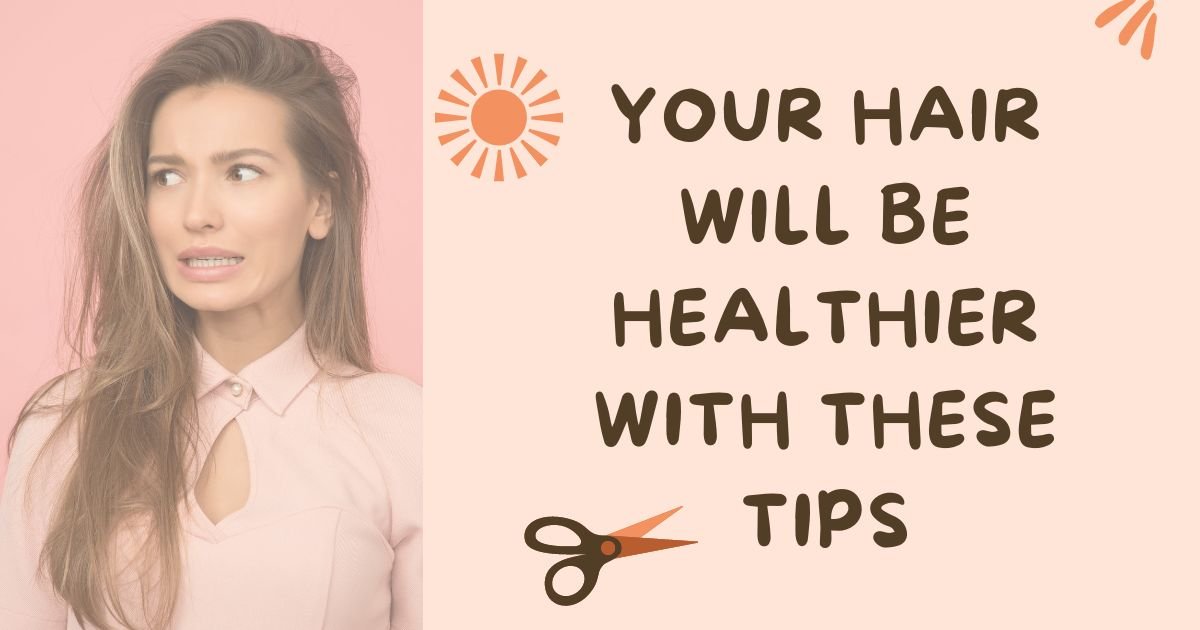


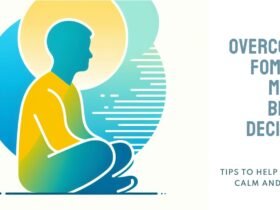
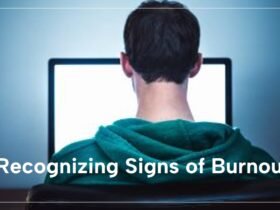
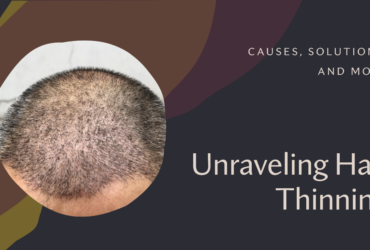
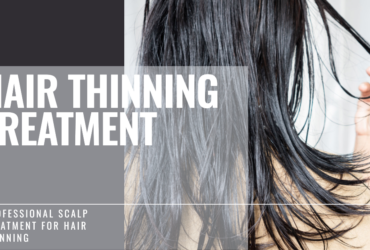
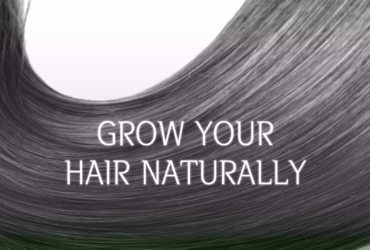
Leave a Reply
View Comments